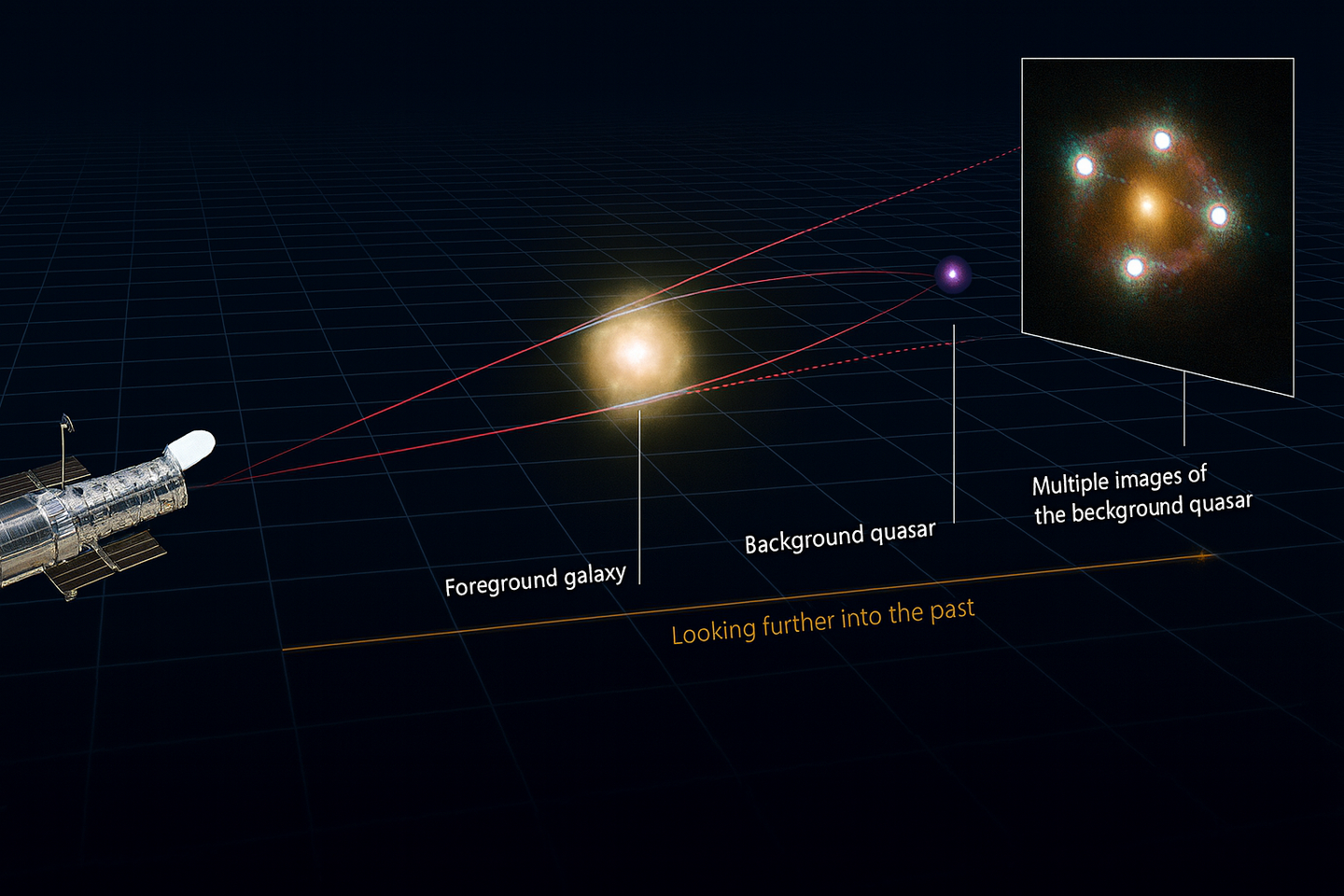Scientists discover a critical link between breathing and vision
Study findings point to a basic biological process that might influence not only vision but also how we experience the world around us.

New research reveals that the way you breathe can change the size of your pupils, subtly shaping how you see the world. (CREDIT: CC BY-SA 4.0)
For over a century, scientists believed that light, focus distance, and cognitive effort were the main forces behind changes in pupil size. But a new discovery adds breathing to that list. Researchers from Karolinska Institutet in Sweden have found that the simple act of breathing subtly shapes how our pupils behave.
The study, published in The Journal of Physiology, reveals a striking pattern: pupils shrink during inhalation and expand during exhalation. This rhythmic shift points to a basic biological process that might influence not only vision but also how we experience the world around us.
Much like a camera’s aperture, the pupil adjusts the amount of light reaching the eye. When it narrows or widens, it changes the way we see—sharpening fine details or making faint objects easier to spot. Now, with breathing added to the equation, it appears our vision quietly fluctuates throughout every breath we take.
“This mechanism is unique in that it is cyclical, ever-present, and requires no external stimulus,” says Artin Arshamian, associate professor at the Department of Clinical Neuroscience at Karolinska Institutet. “Since breathing affects brain activity and cognitive functions, the discovery may contribute to a better understanding of how our vision and attention are regulated.”
The Brain, Breathing and Visual Focus
The new findings build on a growing body of research showing that breathing does more than supply oxygen. It also generates rhythmic electrical patterns, known as neural oscillations, that sweep across the brain and shape how we think and perceive.
These oscillations are born deep within the brainstem, in a cluster of neurons called the preBötzinger complex, which controls breathing rhythms. They also emerge in the olfactory bulb, triggered when air moves through the nose, linking breath directly to brain function.
Related Stories
Animal studies have shown that breathing-related brain rhythms help synchronize sensory and motor behaviors such as sniffing, whisking, and head movements. Likewise, the control of pupil size plays a critical role in processing visual information, adjusting how much the brain can detect and respond to.
Until now, though, clear proof connecting breathing to pupil changes had been missing. Earlier studies struggled with small sample sizes and inconsistent methods, leaving the link between respiration and vision largely unexplored—until this discovery.
To clarify this connection, the research team conducted five carefully controlled experiments with over 200 participants. Their findings confirmed that breathing consistently influenced pupil size across various conditions, whether participants were breathing quickly or slowly, through the nose or mouth, in bright or dim lighting, at rest, or engaged in visual tasks.
One of the most striking results was that the pupil fluctuations occurred even in individuals born without an olfactory bulb, a brain structure typically associated with nasal breathing. This suggests that the brainstem alone may regulate the effect, highlighting its deep evolutionary roots.
How Pupil Changes May Shape Perception
The study raises intriguing possibilities about how vision shifts in response to breathing. Pupil size directly affects how light enters the eye, influencing visual acuity. A smaller pupil, like a camera lens set to a narrow aperture, enhances sharpness and depth of field, making it easier to see fine details. A larger pupil, by contrast, allows more light to enter, improving sensitivity to dim or distant objects.
“Our results suggest that our vision may switch between optimizing for distinguishing small details when we inhale and detecting faint objects when we exhale, all within a single breathing cycle,” says Martin Schaefer, a postdoctoral researcher at Karolinska Institutet and the study’s first author.
If this effect is strong enough to impact perception, it could have significant implications for daily activities. Tasks requiring high visual precision, such as reading or threading a needle, might be easier when inhaling. Meanwhile, scanning for movement in low light, such as spotting a shadow at night, might be enhanced during exhalation.
Potential Applications in Medicine and Neuroscience
Beyond its effects on vision, the link between respiration and pupil size may have medical applications. The autonomic nervous system, which controls involuntary bodily functions, regulates both breathing and pupil response. Abnormalities in this system can signal neurological disorders.
“One potential application is new methods to diagnose or treat neurological conditions such as Parkinson's disease, where damage to pupil function is an early sign of the disease,” says Arshamian. “This is something we want to explore in the future.”
Pupil measurements are already used in clinical settings to assess brain function, detect brain injuries, and monitor states of consciousness. If respiration-induced pupil changes serve as an additional diagnostic marker, they could offer a new, non-invasive way to detect early signs of neurological disease.
Future research will determine how this discovery might be applied in medical diagnostics and whether breathing techniques could be used to modulate attention and perception.
While much remains to be explored, this study offers a new perspective on how breath, brain, and vision are interconnected.
Note: Materials provided above by The Brighter Side of News. Content may be edited for style and length.
Like these kind of feel good stories? Get The Brighter Side of News' newsletter.



